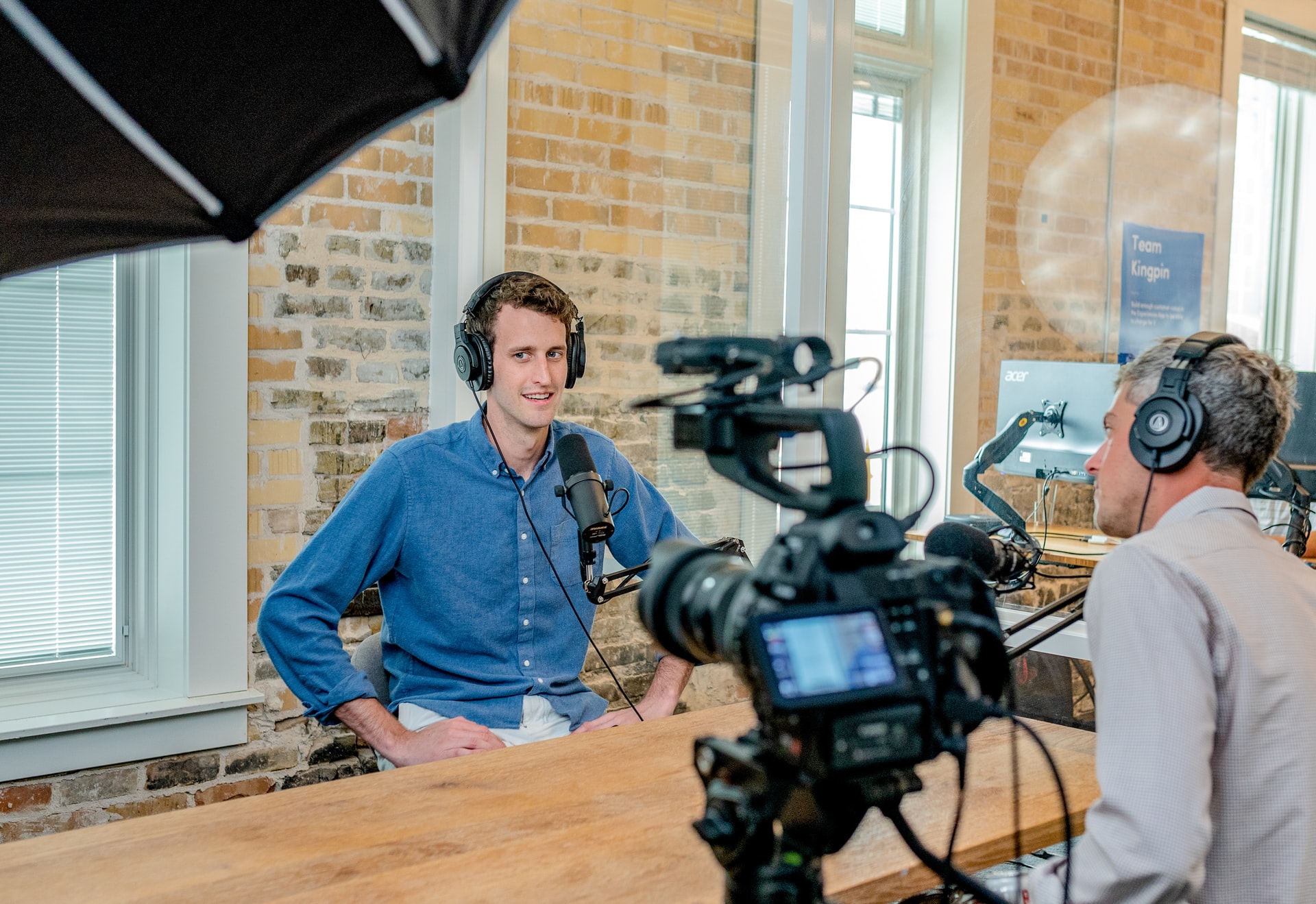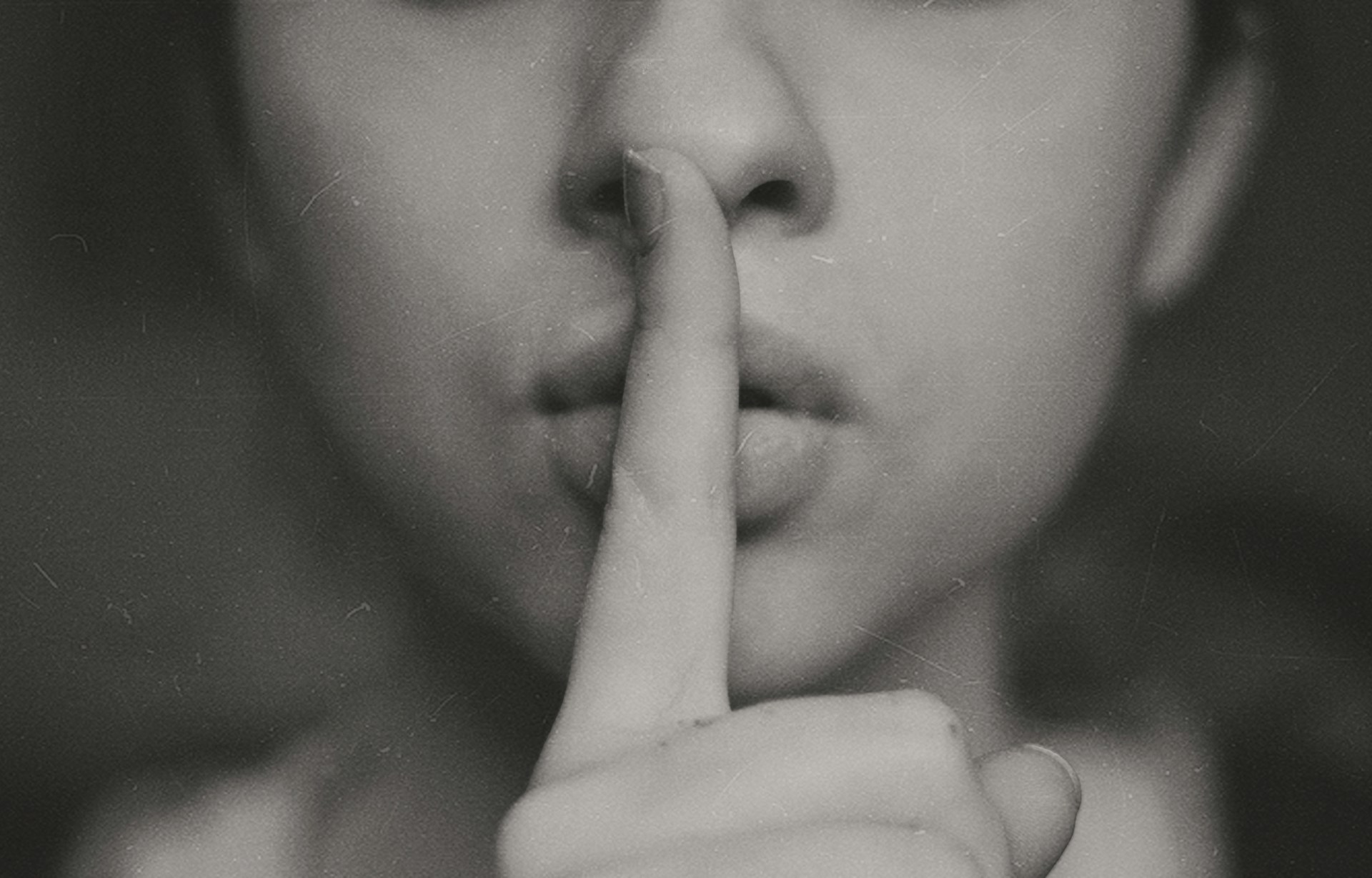
Create videos for your YouTube business channel with quality sound and lighting so that they look and sound amazing
SPONSORED POST
Captive Demand is a marketing agency offering full-service marketing, demand generation, web development, SEO, CRO, and content strategy and development.
Two of the easiest things you can do to make your video far more entertaining is to transform how you light your scenes and by including high-quality audio that adds depth to your sound. Lighting can be complicated, but once you understand the basics, you should be able to master it in no time. Most videographers understand the basics of recording audio. Learning how to layer sounds can add a lot to the viewing experience of your video.
Mastering Light for Cinematic Video
Lighting for video may seem complex, but it is not. It is about creating highlights and shadows in a way that is visually appealing. The way a video is lit can change the mood of the film and what viewers are experiencing. When you are lighting a scene, you need to think about three types of light; key light, rim light, and fill light.
Key Light
Key lights are the brightest lights in a scene and are usually placed in front of the subject. They are used to create the main light source in a scene. The brightness of the key light will determine how much contrast there is in the scene. If you want to make your video more dramatic, you can use a brighter key light.
The angle of your key light is essential. Angling your key light from the side will create more shadows and make your scene look more dramatic. Angling it from the front will create softer shadows and make your scene look more natural.
Fill Light
Fill lights are used to fill in the shadows created by the key light. Fill lights are usually placed to the side of the subject and are used to make them look more natural. Fill lights can also be used to light up the background.
By using less fill light, you can create a more dramatic scene. By using more fill light, you can make the scene look more natural. It is crucial to play around with different locations of the fill light to find the most appealing placement for your scene.
Rim Light
Rim lights are used to highlight the edges of a subject. They are usually placed behind the subject and are used to make them stand out against the background. Rim lights can make a scene look more cinematic and add depth to the shot.
When you place your rim light, you want to make sure that it is soft light and not too bright. If it is too bright, it will overpower the key light and create an unflattering scene. It needs to be just bright enough to separate the person from the background without looking like they are glowing.
Using Bounce Light Effectively
Bounce light is another great addition to your lighting strategy. Bounce light is created when you reflect light off of a surface and back into the scene. This can be done by using a white reflector or by bouncing the light off of a wall.
Bounce light is excellent for softening shadows and adding more depth to your scene. It is also a great way to avoid having too many shadows in your scene. When using bounce light, make sure that the surface you are using is white. If it is not white, the light will reflect in a different color, and it will not look good.
Green Screen Lighting
Green screens are ubiquitous in shoots, and it is essential not to overlook how to light a green screen effectively. Green screens are great to use because they can be placed in any location, and make it easy to change the background.
When using green screen lighting, you want to light your scene in a way that matches the background you are adding in later. You need to match the positions of your key and fill lights while having just enough rim light for separation from the background. With a green screen, there is the addition of having to light the green screen backdrop. You want to pay attention to how much light is hitting it, making sure that it is lit evenly. Green screen lights on either side should be plenty of light. By using these simple tips, you can easily improve your cinematography skills and create more visually appealing videos.
Layer Audio to Create Depth to Your Video
Audio is one of the most important aspects of cinematic video. Good audio can make a good video great, while bad audio can ruin a great video. You need to take into account the type of audio you are using, as well as the location of your microphones.
When recording audio, you want to make sure that you are close enough to the microphone to get good sound. If you are too far away, the audio will be muffled, and it will not sound good. You also want to make sure that there is no background noise. Background noise can be very distracting, and it will ruin the audio of your video.
By using different types of audio, you can create more depth to your video. By adding music, you can set the mood for your scene. By adding sound effects, you can create a more immersive experience for the viewer. By using narration, you can add more information to your video. By using all of these different audio elements, you can create a more cinematic experience for the viewer.
Understanding Commercial Use of Audio
When adding audio that you did not create, it’s important that you understand licensing of audio. Audio that has a Creative Commons license can be used commercially, while audio with a standard copyright cannot be used commercially without permission from the copyright holder.
Commercial use means that you are using the audio to make money. This can be done by selling the video that contains the audio, using the audio in advertising, or using it in any other way that generates income. If you are not sure if your use of the audio is commercial or not, it is best to contact the copyright holder and ask for permission.
Be sure to read the licensing agreement of any audio you use to make sure that you are using it legally in your content creation. If you are not sure if the audio is allowed to be used commercially, it is best to ask the copyright holder. By using audio that is not allowed to be used commercially, you can get into legal trouble.
In Conclusion
Understanding the different ways to light your video is important for creating a more cinematic experience. By using music, sound effects, and narration, you can add more depth and layers to your video. You also need to be aware of licensing to ensure you are using audio files legally. By following these simple tips, you can create videos that look and sound amazing.



